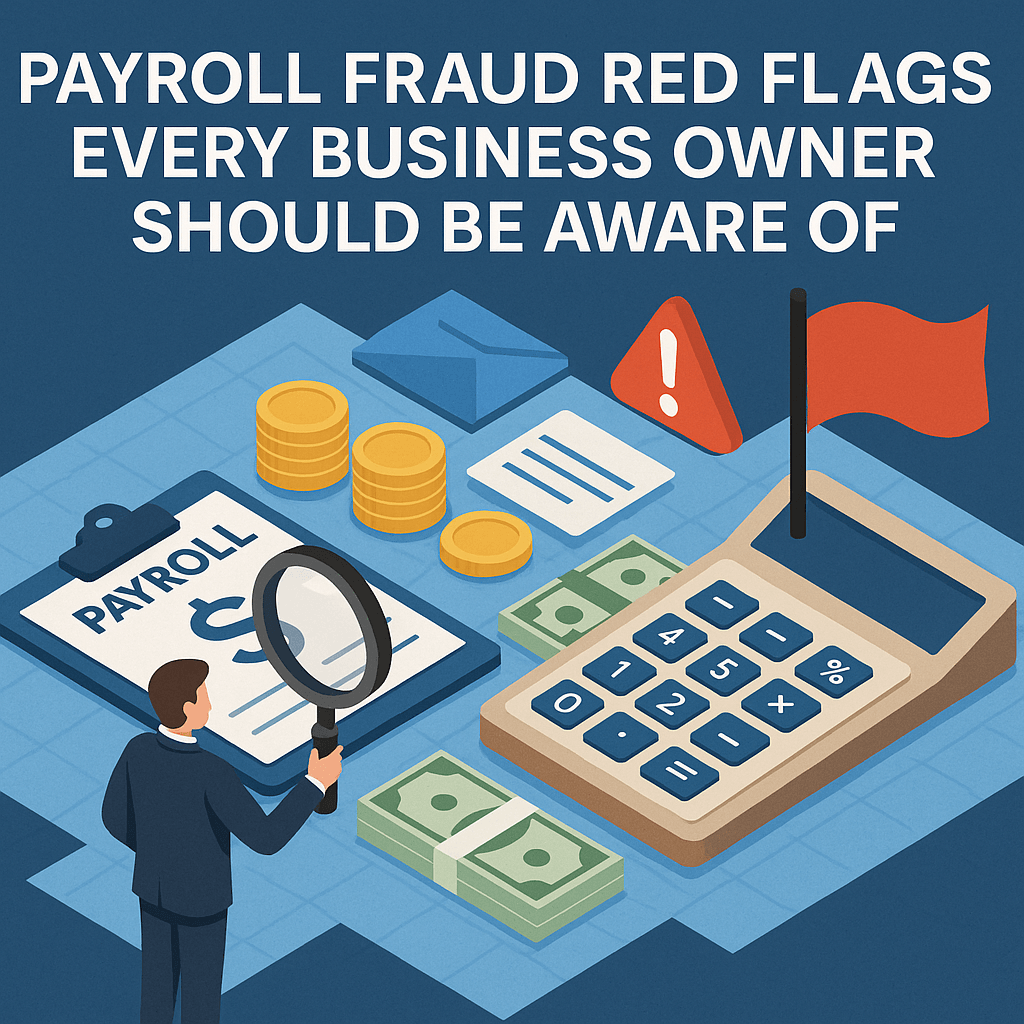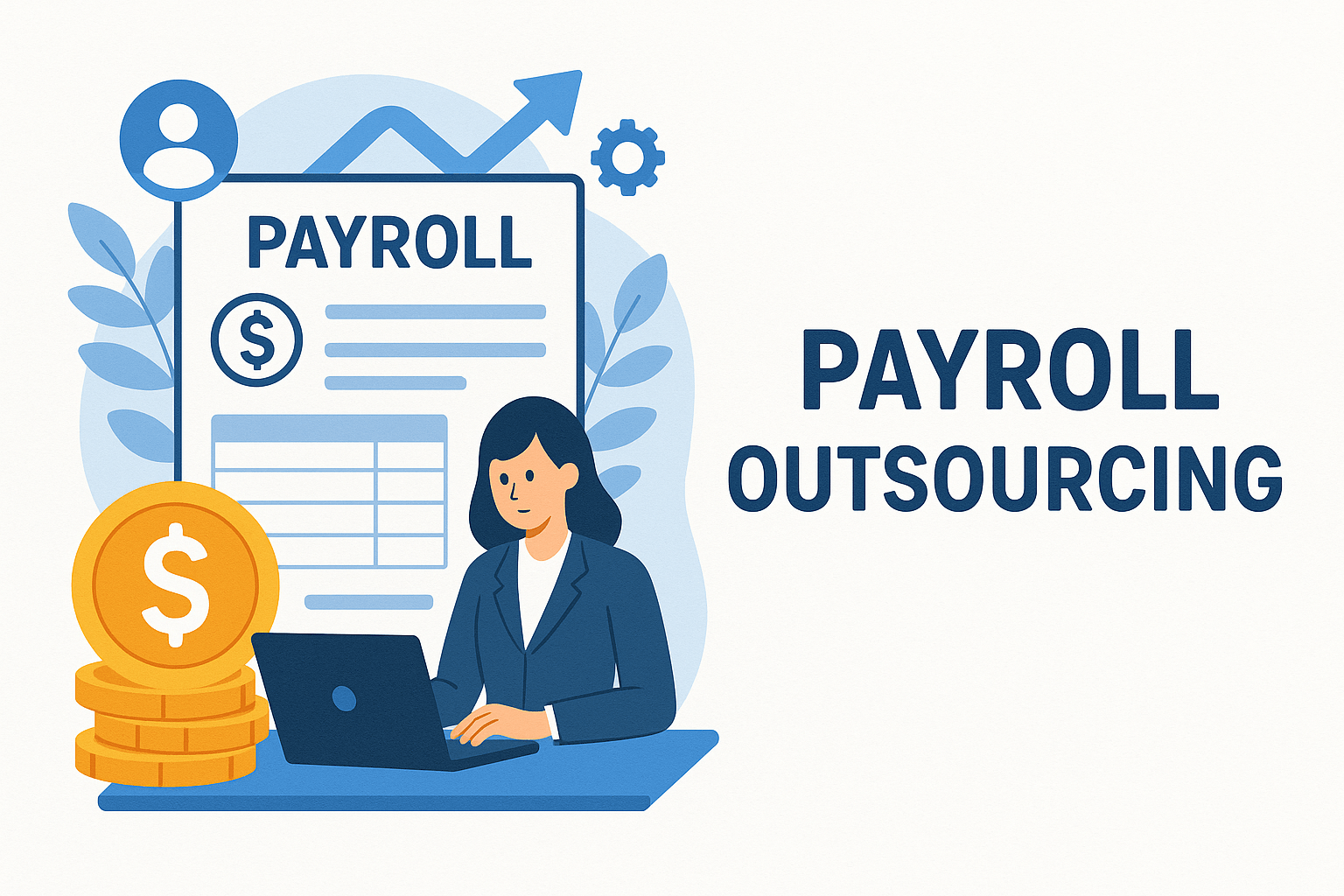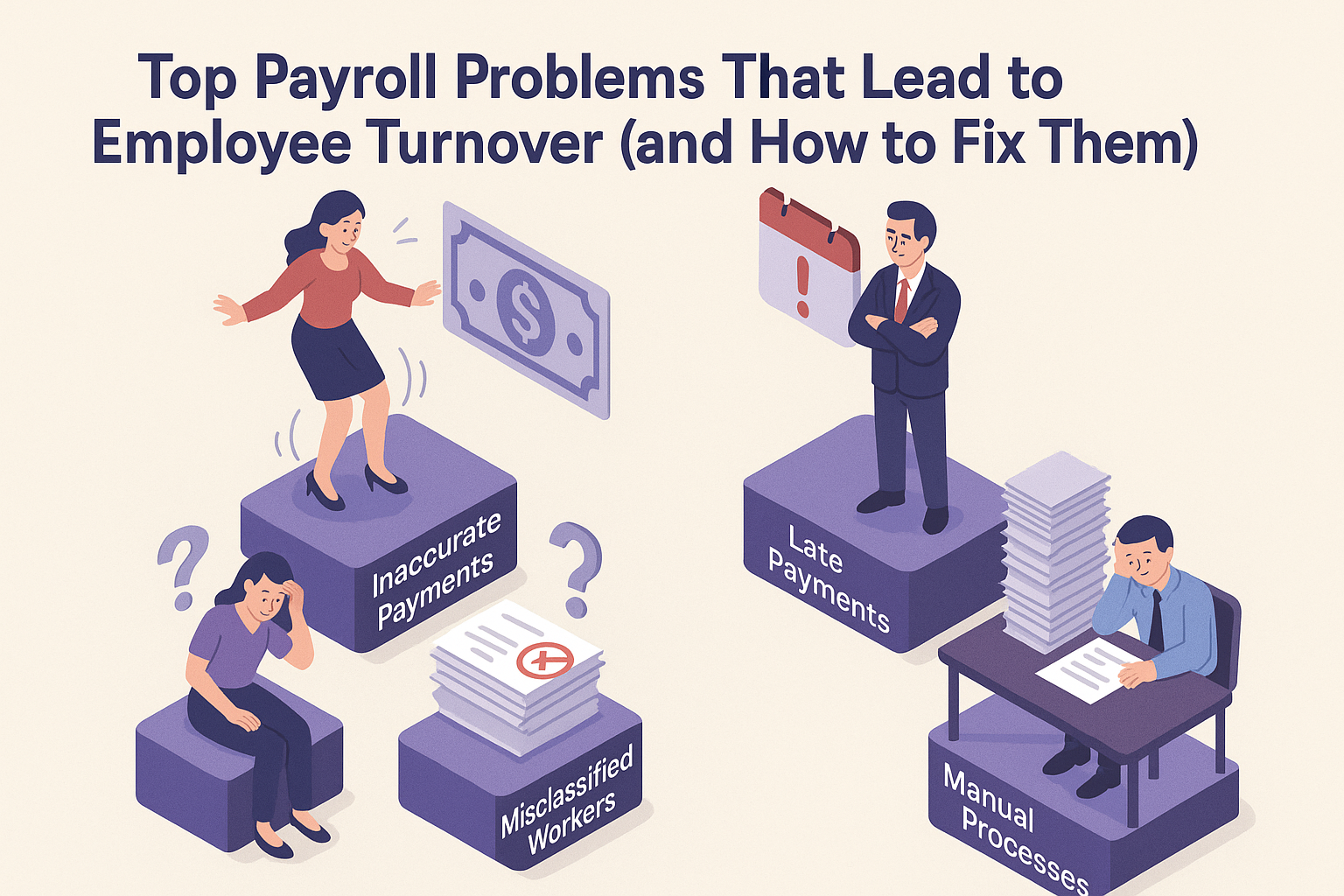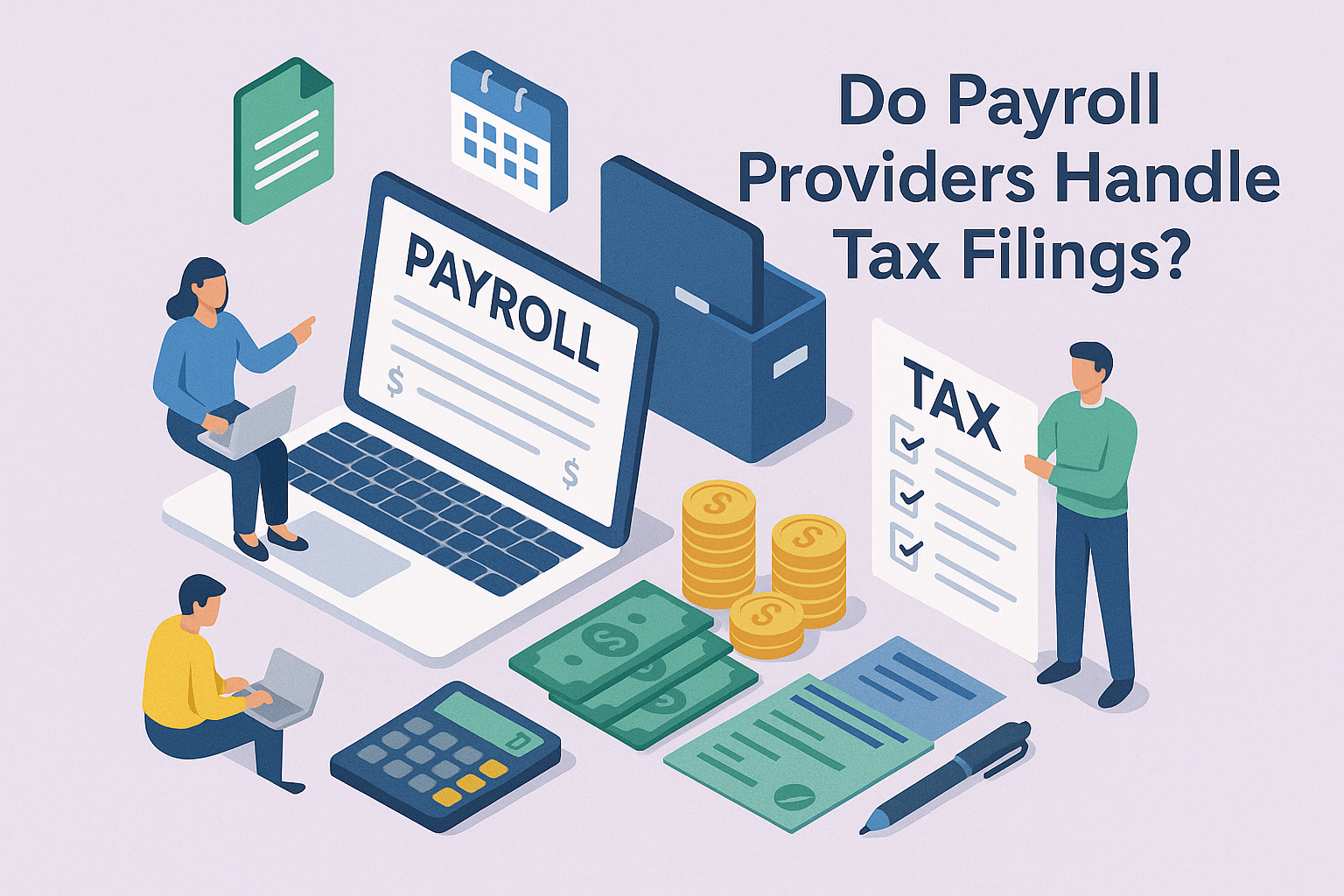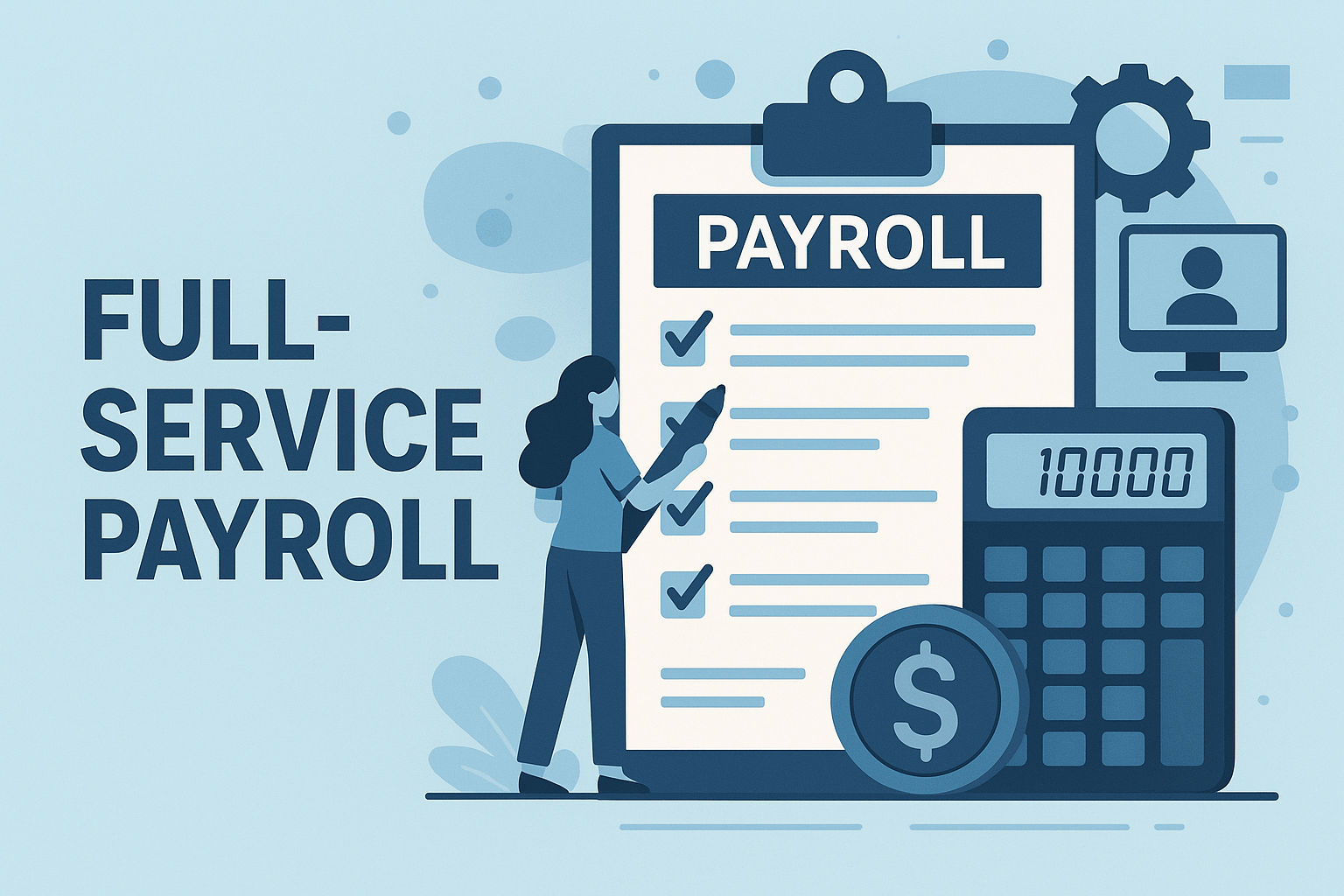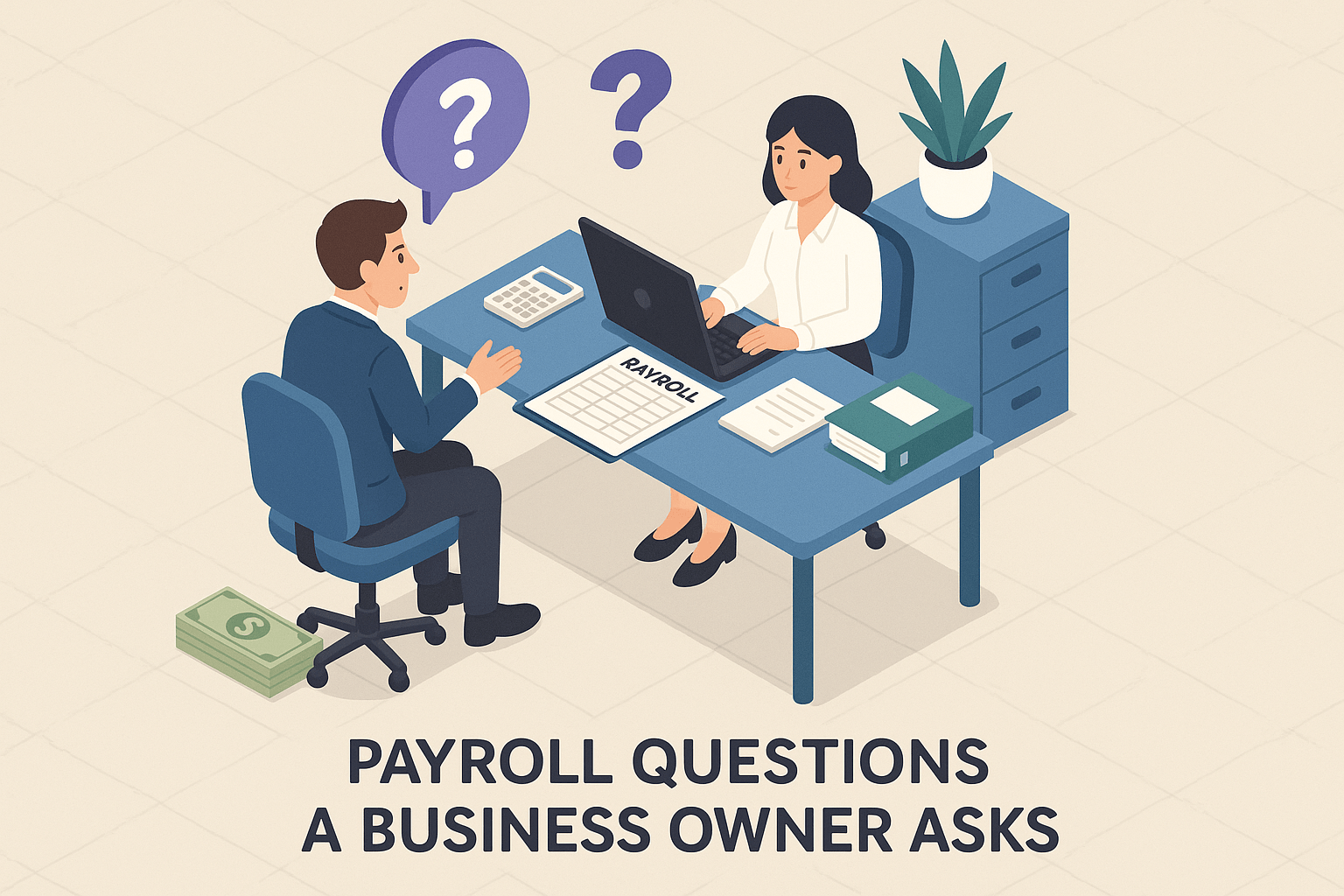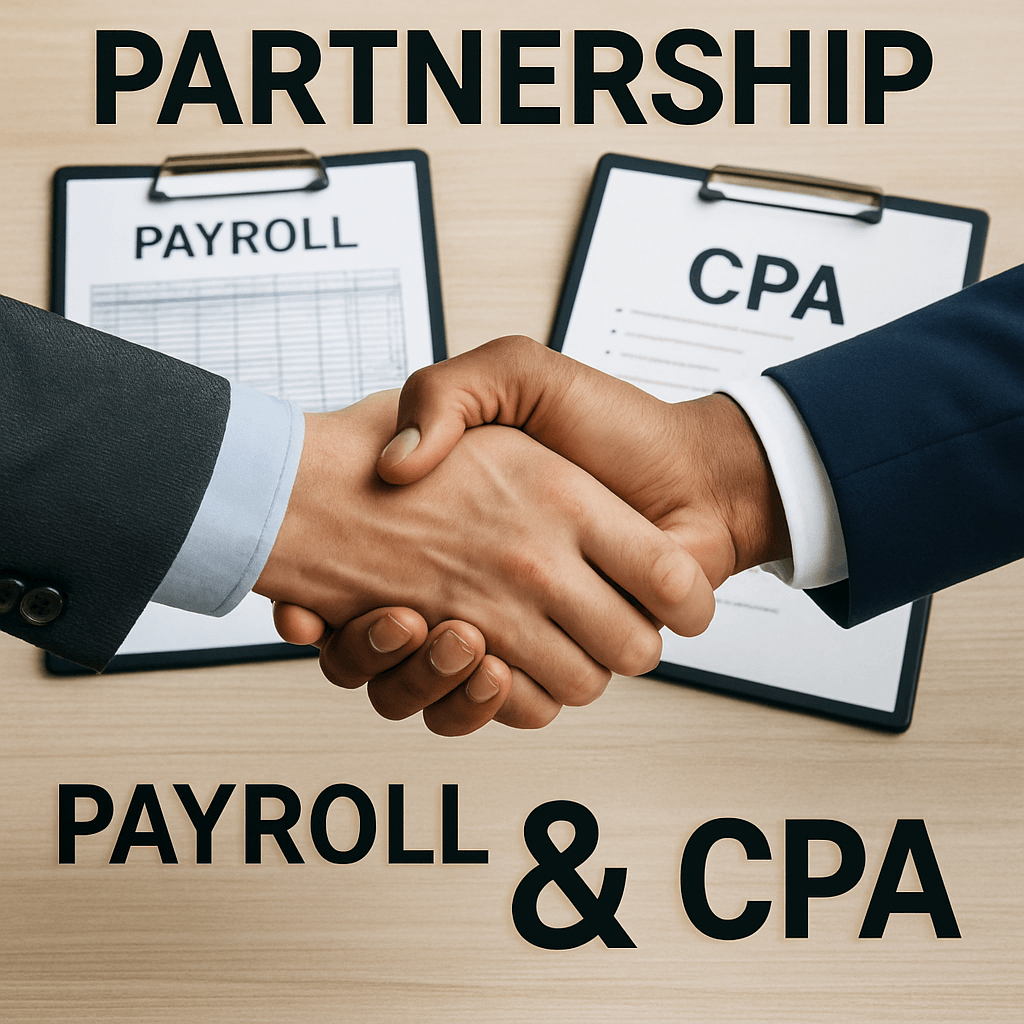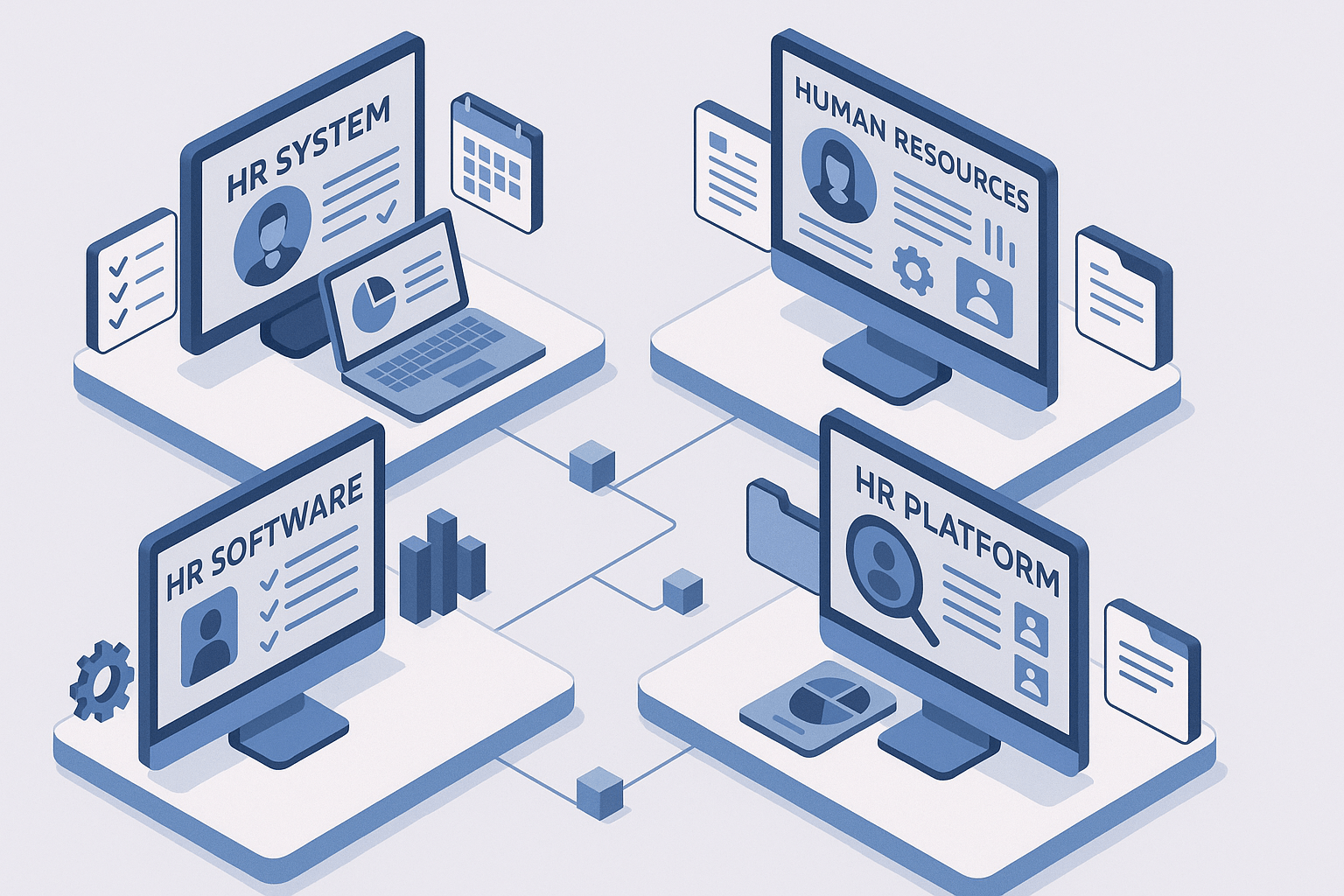Multi-State Payroll Tax Compliance: A Guide for Employers
August 22nd, 2024
6 min read
.jpg?width=5000&height=3337&name=account-assets-audit-bank-bookkeeping-finance-concept(1).jpg)
Managing payroll for a workforce spread across multiple states is no small feat. The maze of differing state and local tax laws, reporting requirements, and deadlines can easily overwhelm even seasoned HR and payroll professionals. It's not just about keeping track of who works where—it's about ensuring your business stays compliant with each state's complex and ever-changing tax regulations.
With decades of experience in payroll management, we at Lift HCM understand the challenges businesses face when dealing with multi-state payroll tax compliance. Our expertise has helped companies of all sizes navigate these complexities, minimizing risks and avoiding costly penalties.
In this guide, we’ll break down the intricacies of multi-state payroll tax compliance. From understanding key concepts like nexus and reciprocity agreements to learning best practices for registration, tax withholding, and record-keeping, you'll gain the knowledge and strategies needed to keep your organization compliant.
Table of Contents
- What is Multi-State Payroll Tax Compliance?
- 5 Key Concepts in Multi-State Payroll Tax Compliance
- Understanding Nexus
- Registering for Payroll Taxes
- Determining Employee Residency vs. Work Location
- Calculating and Withholding Payroll Taxes
- Remitting Taxes and Filing Returns
- Maintaining Accurate Records
- Frequently Asked Questions About Multi-State Payroll Tax Compliance
- Streamline Multi-State Payroll with Lift HCM
🔍 Did you know? According to Facts and Factors, cloud-based payroll solutions, which are particularly suited for managing multi-state employees, are seeing rapid growth, with a projected CAGR of 9.8% from 2021 to 2028.
What is Multi-State Payroll Tax Compliance?
Multi-state payroll tax compliance refers to the process of correctly withholding, reporting, and remitting payroll taxes for employees who work in multiple states or for employers operating across state lines. This encompasses various tax obligations, including:
- State income taxes
- Unemployment insurance taxes
- Local taxes (city or county taxes)
The challenge lies in navigating the complex web of state-specific rules, rates, and filing requirements. Each state has its own set of regulations, which can change frequently, requiring employers to stay vigilant and adaptable.
5 Key Concepts in Multi-State Payroll Tax Compliance
To effectively navigate the complexities of multi-state payroll tax compliance, it's crucial to grasp these five foundational principles. They will serve as the building blocks for your compliance strategy.
1. Nexus: The minimum level of connection a business must have with a state before it becomes subject to that state's tax laws. For payroll taxes, nexus is typically established when an employee performs work within the state, regardless of where the employer is located.
NexusNexus is a crucial concept in multi-state taxation. It refers to the minimum level of connection a business must have with a state before it becomes subject to that state's tax laws. For payroll taxes, nexus is typically established when an employee performs work within the state, regardless of where the employer is located.
2. Reciprocity Agreements: Arrangements between states that allow employees to only pay income taxes in their state of residence, even if they work in another state. These agreements simplify withholding for employers and employees.
3. State Unemployment Insurance (SUI): Each state has its own unemployment insurance program, with varying rates and wage bases. Employers must register and pay SUI taxes in each state where they have employees working.
Local Taxes4. Local Taxes: In addition to state taxes, some localities impose additional taxes that employers must withhold and pay. These can include city, county, or municipal taxes. Many cities, counties, and other local jurisdictions impose their own income taxes. These can add another layer of complexity to multi-state payroll compliance.
5. State Income Tax Withholding: Employers must withhold state income taxes from employees' wages based on the state where the work is performed. This can become complicated when employees work in multiple states or live in one state and work in another.
Understanding Nexus
The concept of nexus is fundamental to multi-state payroll tax compliance. Nexus determines whether your company has a sufficient connection to a state to be subject to its tax laws. Historically, nexus was based on physical presence, such as having an office, employees, or inventory in a state. However, with the rise of remote work and e-commerce, many states have expanded their nexus provisions to include economic nexus, which is based on a company's sales or revenue within the state. The first step in managing multi-state payroll tax compliance is determining whether your company has established nexus in a particular state.
Determining Nexus
To determine nexus, carefully review each state's requirements and assess your company's activities.
Note: This map shows how states determine economic nexus. This map does not show specific dollar or transaction thresholds. Source: Tax Foundation
Nexus rules vary significantly from state to state. It’s crucial to regularly review each state's requirements and stay informed about any legislative changes that could affect your business.
Registering for Payroll Taxes
Once you've established Nexus in a state, you must register with the appropriate state agencies to obtain the necessary permits and accounts for payroll tax withholding and remittance. This process typically involves registering with the state's Departments of Revenue and Labor.
When registering, you'll need to provide information about your business, such as its legal name, address, and federal employer identification number (FEIN). You may also be required to designate a registered agent within the state to receive legal notices on behalf of your company.
Determining Employee Residency vs. Work Location
Accurately determining an employee's state of residency and work location is essential for calculating and withholding state income taxes.
An employee's state of residency is generally the state where they maintain a permanent home and intend to return after temporary absences. However, some states have additional criteria for determining residency, such as the amount of time spent in the state or the location of the employee's primary business contacts.
An employee's work location is the state where they physically perform their job duties. In some cases, an employee may live in one state but work in another, which can complicate payroll tax withholding.
In cases where employees live in one state but work in another, reciprocal agreements can simplify this process by allowing the employer to withhold taxes based on the employee's state of residency rather than their work location.
Calculating and Withholding Payroll Taxes
With nexus established and employee residency and work location determined, the next step is calculating and withholding the appropriate payroll taxes for each state. This process can be complex, as each state has its own tax rates, withholding schedules, and reporting requirements.
To ensure accuracy:
- Stay up-to-date with each state's tax rates and withholding tables
- Utilize online resources and withholding calculators provided by state agencies
- Be aware of additional state-specific taxes, such as unemployment insurance and disability insurance
Remitting Taxes and Filing Returns
After withholding the appropriate payroll taxes, employers must remit the funds to the respective state agencies and file the necessary tax returns. Each state has its own filing deadlines and deposit schedules, which can vary based on the size of your payroll and the amount of taxes withheld.
Establish a calendar of filing and payment due dates for each state in which you have payroll tax obligations to streamline the process and avoid missed deadlines. Many states offer electronic filing and payment options, which can simplify the process and reduce the risk of errors.
Maintaining Accurate Records
Maintaining accurate and comprehensive records is crucial for managing multi-state payroll tax compliance. These records should include:
- Information on each employee's residency and work location
- Wages and tax withholdings
- Copies of all tax returns and payments
Most states require employers to retain payroll tax records for a specified period, typically ranging from three to six years. Failure to maintain adequate records can result in penalties and complicate the resolution of any discrepancies or audits.
Frequently Asked Questions About Multi-State Payroll Tax Compliance
Q: How do I know if my business has nexus in a state?What should I do if an employee works in multiple states? You'll need to track the time spent working in each state and withhold taxes accordingly.
How often do I need to file multi-state payroll tax returns? Filing frequencies vary by state and can be monthly, quarterly, or annually.
Can I use the same payroll system for all states? While many payroll systems can handle multi-state calculations, it's crucial to ensure your chosen system is up-to-date with all relevant state tax laws and can accommodate your specific needs.
What are the penalties for non-compliance with multi-state payroll tax laws? Penalties can include fines, interest on unpaid taxes, and in severe cases, criminal charges. The specifics vary by state and the nature of the non-compliance.
Streamline Multi-State Payroll with Lift HCM
Multi-state payroll tax compliance is a complex but crucial aspect of modern business operations. Businesses can navigate this landscape successfully by understanding the key concepts, recognizing common challenges, and implementing effective strategies. Whether managing compliance in-house or partnering with outside experts, the key is to stay informed, maintain accurate records, and remain adaptable to changing regulations.
Remember, while achieving perfect compliance across multiple states may seem daunting, it's an achievable goal with the right approach and resources. By prioritizing multi-state payroll tax compliance, businesses can avoid costly penalties, maintain good standing with state authorities, and focus on what they do best: growing their operations and serving their customers.
Need expert help with your multi-state payroll tax compliance? Contact Lift HCM today for a free consultation and discover how we can simplify your payroll processes across all 50 states!
Please note that this article does not cover all possible scenarios, and any discussions or viewpoints should not be considered legal advice. Readers are advised to consult with legal professionals for specific legal guidance.
.jpg?width=231&height=154&name=composition-with-book-light-bulb(1).jpg) If you are not yet ready to speak with a team member, you may find these resources helpful:
If you are not yet ready to speak with a team member, you may find these resources helpful:
Caitlin Kapolas is a results-driven professional with a strong background in account management and retail. She is dedicated to improving client experiences and building lasting relationships. Caitlin excels in identifying client needs, resolving issues, and implementing customized solutions that drive value. Her effective communication skills ensure high client satisfaction and loyalty, making her a trusted advisor and partner in meeting client needs with precision and professionalism.
Topics:


.png?width=901&height=357&name=Multi-State%20Payroll%20Tax%20Compliance%20Key%20Concepts(1).png)
.png?width=693&height=537&name=Nexus24-1(1).png)

.png?width=1536&height=1024&name=Create%20a%20background%20that%20reads%2c%20How%20Long%20to%20Keep%20P%20(1).png)



